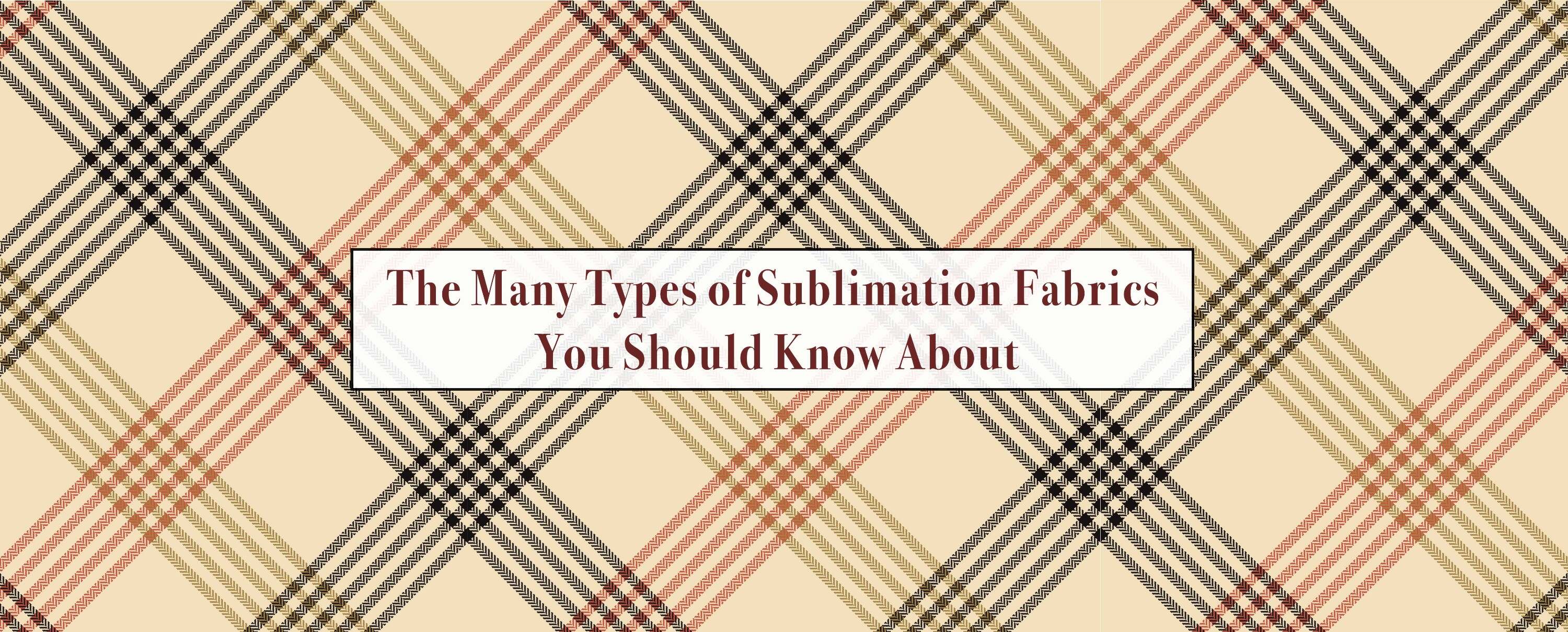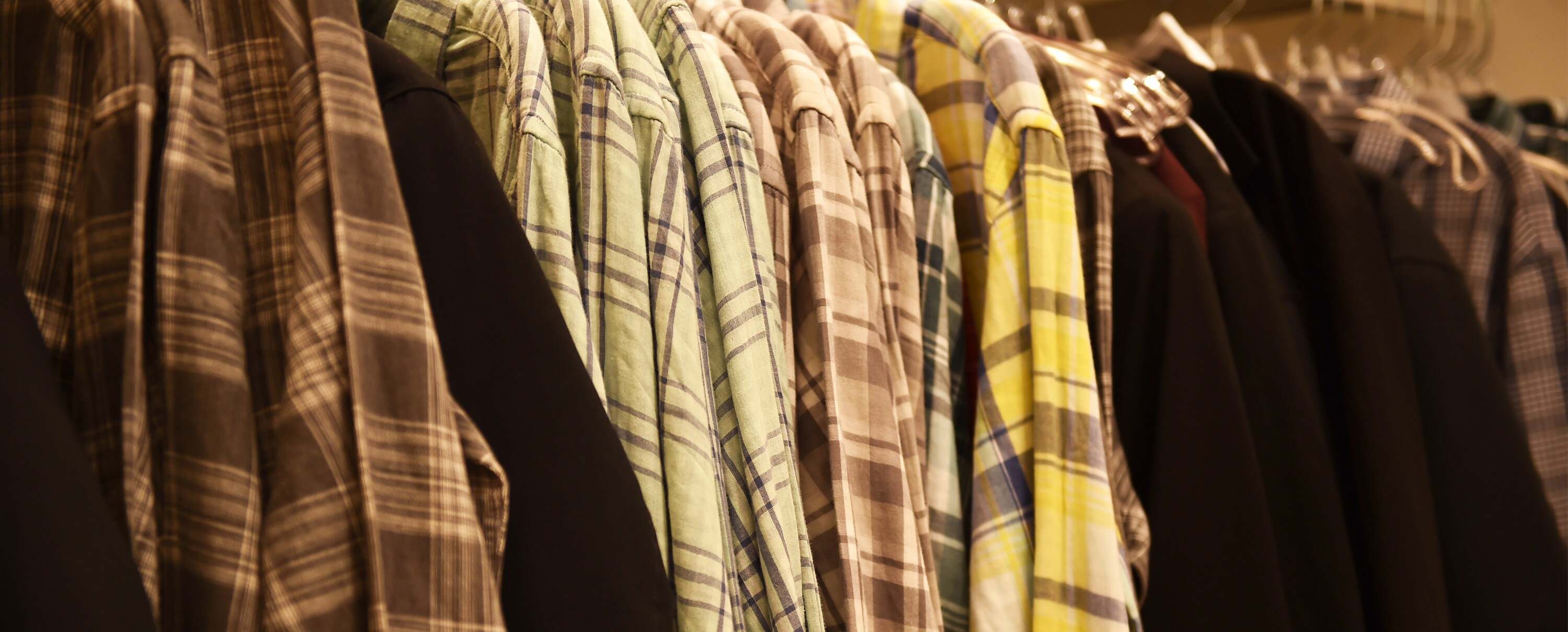 .
.
Dye-sublimation technology has the ability to create highly durable products with smoother and brighter color transitions compared to inkjet printing, creating a more superior appearance and smoother surface.
The sublimation phenomenon was first discovered in 1957 by a French researcher who, during research at a textile company, discovered that dyes could transform directly from solid to gaseous state under certain conditions without going through a liquid phase.
Sublimation printing, also known as all-over printing, is a printing method that transfers ink from paper to a receiving canvas (in this case, fabric).
During the sublimation process, heat energy causes the sublimation dye to turn into a gas and relax the synthetic fibers in the polyester, allowing the gas to enter the interior of the fiber.
As the fabric cools, the dye returns to its solid form and the polyester shrinks, allowing the dye and fabric to chemically bond at a molecular level, making it bright, vibrant, eye-catching and durable.
Compared to other printing methods that are only suitable for specific areas, sublimation printing is able to transfer the design to every inch of the garment.
The three most common fabric types are:
Cotton:
Cotton is considered to be the top and best choice when it comes to sublimation printing and many cotton shirts come with this printing technique. Dye-sublimation printed cotton garments are soft, breathable and very comfortable for the wearer.
However, sublimation printing is not possible on 100% cotton because the binding of the dye to the fabric occurs on the surface rather than on the fabric itself, due to the lack of adhesion between the cellulose and the dye. Therefore, over multiple washes, the image may gradually fade, peel, or crack.
However, there are several methods for sublimation printing on cotton. The only thing to ensure is that there needs to be some form of intermediary between the dye and the surface of the cotton.
The first is to apply a special polyester surface coating to cotton. The other is that the image can be printed on specially treated transfer paper and then transferred to cotton. Additionally, sublimated fabric sheets can also be used to mimic the look of sublimated polyester.
There are other methods, such as using glitter particles or vinyl.
Sublimation printing on cotton requires a temperature range of 360°F to 400°F. For best results, it is recommended to use a blend containing 65% polyester and 35% cotton.

Polyester:
This is another fabric commonly used for dye sublimation printing.
This is because the polymers tend to open up in such fabrics when exposed to heat. The dye enters the fabric in gaseous form through the openings and is locked in as the fabric cools after the printing process.
One of the distinguishing features of polyester is that it barely wrinkles even after prolonged wear, making it one of the most ideal fabrics for sublimation printing.
Synthetic fiber:
Synthetic fibers are generally composed of acrylic, olefin, nylon, spandex, acetate, Kevlar, rayon, oron and rasper.
Of these, nylon, rayon, spandex, and acrylic have emerged as some of the top fabrics for printers using dye-sublimation technology because of their strength and durability.
Nylon:
All types of nylon can be sublimated at low temperatures (165°C to 170°C for 80 to 90 seconds), but because there are so many types of nylon, each type reacts differently to dyes. For best results, nylon needs to be pre-treated with additives to enhance absorbency. Nylon 6 and 7 are the most commonly used types because they aid color penetration and offer greater durability and adaptability.
Rayon:
100% rayon cannot be printed with sublimation due to its soft adhesive. When heated above 150°C, the fiber begins to weaken and has a ignition point of 250°C. Therefore, the heat generated by a dye-sublimation printer causes the fabric to melt and become sticky.
However, rayon can be sublimated using a polyester coating on the substrate or a mixture of 30% rayon and 70% polyester.
Polyester coatings and image prints are known to wash off after multiple washes and the colors start to fade, so the most recommended and used sublimation technology is for polyester blends.
Acrylic fiber:
Acrylic is a synthetic fiber obtained by polymerizing acrylonitrile monomer. Since acrylic fiber is rich in polymers, it has excellent dye absorption properties and therefore shows good results in the dye sublimation process. Additionally, acrylic is favored for its transparency and clarity, making it an ideal choice in some applications, especially products that require transparency.
Due to the high polymer content in acrylic, there is no need to apply any separate polymer coating, allowing for more efficient use of 100% acrylic when dye sublimation is used.
Synthetic fibers will not last longer if used 100% so it is always recommended to mix the fiber with polyester just like rayon you can mix 32% rayon with 68% polyester for dye sublimation also A polyester coated rayon base can be applied over it.

However, these fabrics are not as comfortable as cotton fabrics. Of course, many of these are blended with cotton to improve wearer comfort.
Overall, polyester is one of the best fabrics out there for sublimation printing. Its flat surface is ideal for dye printing techniques, and the high-quality fabric base enables vibrant, bright colors to be easily achieved.
